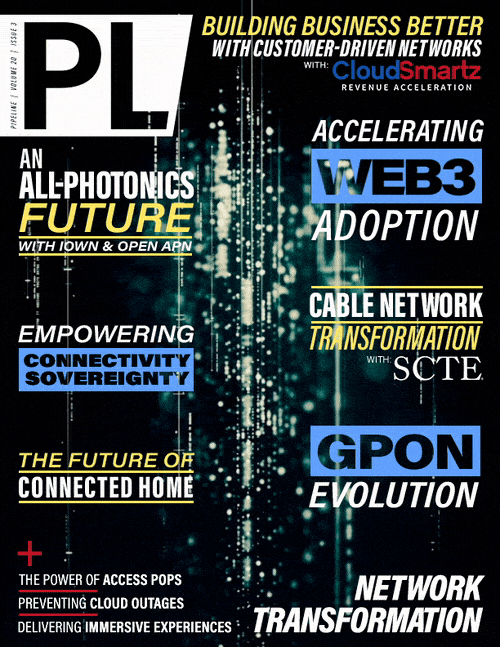The Future of the Connected Home
Adding Value to Broadband QoE
The velocity of targeted new services coming to market is only going to increase in the short to mid-term. To meet this, many operators are looking at their service platforms and home gateways. They are evaluating the efficiency of devices that are reliant to one or two firmware upgrades a year versus the flexibility of “application aware” gateways with software driven secure application containers or dockers.
Operators have collectively agreed that reduced fragmentation and propriety technology at the chipset, CPE, and software platform level would significantly help to drive greater innovation. As a result, more than a quarter of respondents stated that they plan to move to a more standards based and containerized approach. This will help them efficiently deliver new home applications and features over a Wi-Fi platform, such as a CPE or other gateway.
Containerization increases the speed to market of new services versus waiting for monolithic firmware upgrades and adding new bundles accordingly. By using a containerized framework, new services can be unlocked by adding software to a CPE without the need to upgrade any firmware.
Standardizing Value-added Services
The interconnection and interoperability of multiple devices, services, and apps, ranging from security to home automation, is essential to deriving true value from the connected home. Standardizing the integration and management of the connected home and creating an interoperable ecosystem that is easy and effective to manage offers multiple benefits to broadband service providers, consumer electronics manufacturers, and application providers. For example, it can ensure that both applications and software, or hardware and chip sets, can be quickly upgraded at any time without the need for further costly integration work and speed up the time to market of the new products.
Industry standards will continue to play a significant role moving forward when it comes to making deployments easier, increasing multi-vendor network interoperability, and supporting the wider broadband community. With this interoperable and standardized ecosystem, operators can opt to choose from the “best-of-breed” technology and software developer partners to enhance their connected home platforms. This will enable them to take full control over the ecosystem they create and enjoy the benefits of differentiation in the market.
Recognized Standards for Future Advancements
The industry needs to work towards not only reducing the fragmentation of CPE hardware and software platforms, but also developing an open standard application platform. It is clear that broadband service providers have recognised how vital the need to standardize their products and services is to enable VAS. For example, 85% of survey respondents said they had already deployed Broadband Forum’s User Services Platform (USP) or planned to within the next 6-18 months. USP was developed to help deploy, implement, and manage all aspects of the smart home. The data model, architecture, and communications protocol enable broadband service provider remote management of devices in the home network, including the Wi-Fi home gateway, independent of the vendor that manufactured the device.
A seamless implementation of third-party party applications is vital for service providers to satisfy customer needs and differentiate their service offerings, all while increasing broadband ARPU. To enable this, they must migrate and evolve their systems in coordination with open standards and open-source technologies. New service use cases - such as remote working, security, and home automation, are essential to address the rising consumer demand and expectations regarding the connected home. It is only by harnessing recognized standards and open frameworks that the door can be opened to an easier implementation and management of these services.



















